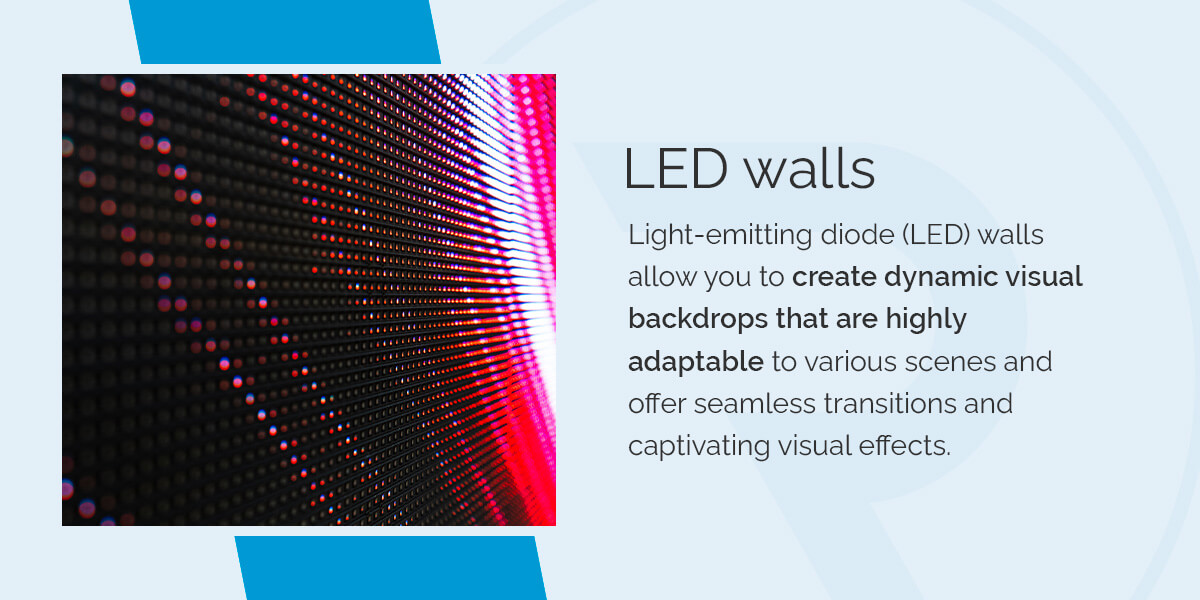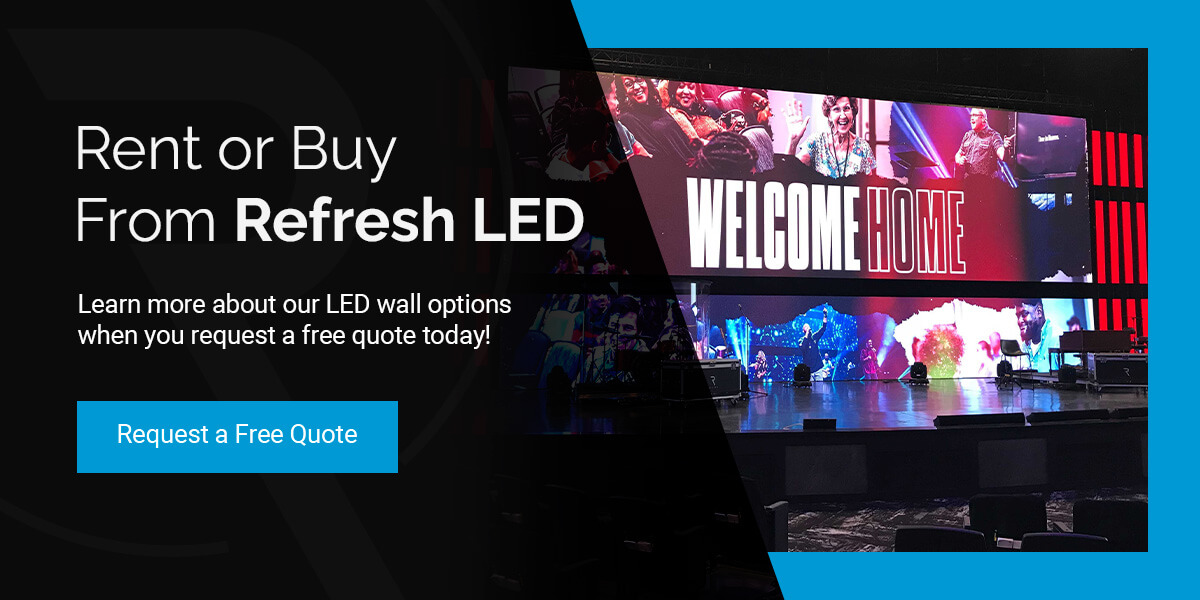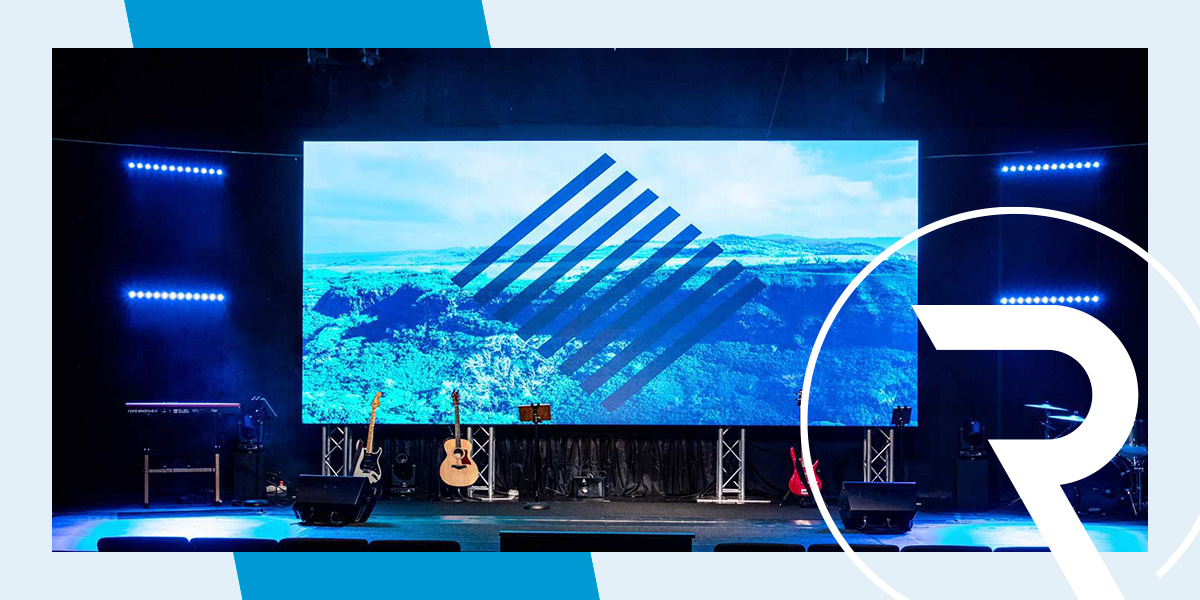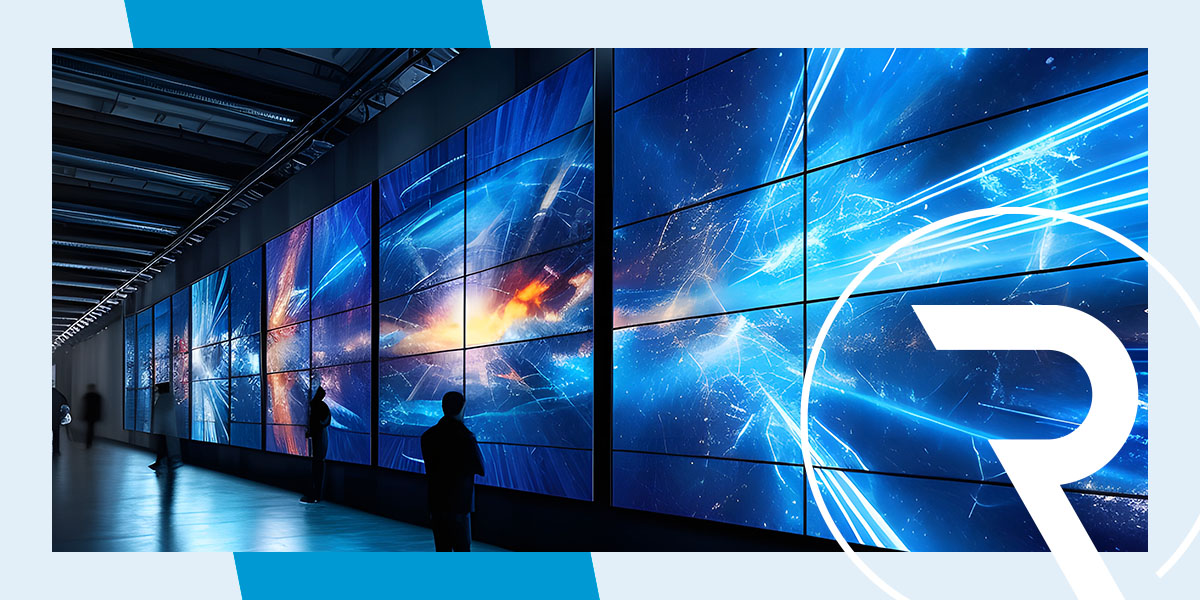
Guide to Modern Stage Design in Theatre
- Josh Dominguez
- Hits: 151
The nature of theatre has certainly changed over time, whether we're talking about the design of theatre buildings or stages themselves. The evolution of theatre layouts, structures and components has informed stage design throughout the history of theatre and even today. For example, in ancient Greece, the structure of theatres lent themselves to minimal or nonexistent sets. The backdrop typically remained constant regardless of the production.
In modern theatre stage design, any space can be transformed with creative and ingenious stagecraft. Still, the theatre itself informs how — and if — you can incorporate elements such as lighting, sound, backdrops, scenery, effects and more.
Modern theatre building designers need to consider all potential stage design elements, and stage designers should have insights into historical and modern theatre design. With an insight into the past and some modern theatre stage ideas in your back pocket, you can realize the venue's and the production's full potential.
History of Theatre Design
Theatre and storytelling, and thus the history of theatre design, spans centuries and extends even before the Greek and Roman eras. However, theatre became a distinctive art form during these periods, and the set design depended on what the structure offered.
Ancient Greek theatres typically included the orchestra and the proskenion surrounded by the semicircular amphitheater. There were also fixed or temporary structures known as the skene, which acted as a practical background for all the action. Seats were built into a hill so that spectators could see the action.
The Romans took theatre further, building freestanding structures rather than carving them into hillsides. Additionally, Roman theatres placed a greater emphasis on scenic design. Although essentially permanent, the space offered a more elaborate backdrop with varying levels, columns and intricate architectural details. There was also less of a separation between the stage areas, and the relationship between the actors and their surroundings became more critical.
The Italian Renaissance period bore the proscenium arch, which took inspiration from previous theatre spaces — such as the Greek proskenion — but created a more delineated divide between the audience and the performance. This stage style allowed for the incorporation of intricately painted backdrops, which helped mimic depth and brought about the emergence of scene painters and scenic designers.
During the Victorian era, the history of theatre design saw drastic shifts. There was a leap in technological elements, such as complex machinery and innovative lighting, allowing designers to transform an ordinary stage into dynamic landscapes.
Moving into the 20th century, theatres eventually moved away from more naturalistic and realistic stage design and opted for simplicity and functionality. These practitioners and designers rejected ornate embellishments in favor of clean lines and stark minimalism. Heading into postmodernism, designers looked to embrace eclectic styles that challenged traditional norms while looking to incorporate aspects from diverse influences.
Modern Theatre Stage Design
Despite the seemingly extreme changes throughout the history of theatre, we can see where movements and periods borrowed from others, especially as the variety of theatre and stage designs expanded over time. Therefore, there are certainly ways to marry traditional fine art with modern digital elements, and modern stage design often includes a dynamic fusion of artistic creativity and technology.
Contemporary productions vary widely but are often versatile and adaptable, with seamless scene changes and mood transitions. Today's set designs range from minimalist, abstract concepts to intricately detailed, multifunctional structures with advanced mechanisms and systems. Designers can tailor modern theatre design to various narratives and performance styles.
Modern Theatre Design Considerations
Modern theatre design considers the integration of multimedia and digital technology, such as projection mapping, LED screens and even interactive elements. These help elevate the visual storytelling and ultimately create a more immersive and sensory-rich experience for the audience.
Designers should also consider innovative lighting techniques and special effects. After all, lighting is not merely there to illuminate the space. It can act as a narrative tool that shapes the atmosphere, accentuates emotions and helps craft the narrative.
Some theaters even incorporate pyrotechnics and have intricate rigging capabilities, automated set and stage pieces, and advanced sound systems that help ensure exquisite and complex sound design, creating a multisensory experience for audience members.
How to Modernize Your Theatre Stage
When it comes to modern theatre design, there are numerous stylistic considerations. To infuse a touch of modernity into the theatre's stage, you'll want to consider cutting-edge elements that enhance aesthetics and functionality.
Examine the following modern theatre stage ideas for theatre and stage design modernization:

- LED walls: Light-emitting diode (LED) walls allow you to create dynamic visual backdrops that are highly adaptable to various scenes and offer seamless transitions and captivating visual effects.
- Modular staging and automated set pieces: If you desire flexibility to craft diverse atmospheres, this technology is the answer. It provides swift set changes and dynamic transformations.
- High-tech and advanced audio systems: Using high-quality, intricate and advanced audio systems allows you to create immersive soundscapes that employ spatial audio technologies that immerse the audience more deeply.
- Augmented reality (AR) or virtual reality (VR) elements: Using this technology, you can create a hybrid form of immersive theater where you overlay digital information onto live performance using AR. You can also create virtual worlds with 360-degree immersion.
- State-of-the-art lighting fixtures: Using intelligent LED fixtures that offer precise control over light color, intensity and movement — with extensive preprogramming capabilities — enhances the visual aesthetics of performances.
Using LED Walls for Theatrical Performances
Before examining the applications and benefits of LED walls for theatrical performances, it's important to understand what LED walls are and why you might choose them. LED walls are screens of light-emitting diodes that form a dynamic, high-resolution display. Due to their high quality and image clarity, these walls can act as versatile canvases for storytelling in theatre.
Here are the two key applications for LED walls in theatrical spaces:
- They act as transformative backdrops that adapt to each production's changing needs, which can help eliminate the need for physical backdrops and set changes.
- They provide dynamic and active scenes that enhance the overall flow and continuity of the performance. Instead of static backdrops, you can provide directors and set designers with fully tailored and "interactive" sceneries.
The benefits of using LED walls for modern theatre stage design include:
- Versatile designs: Apart from saving costs on creating scenic elements, you can accommodate various visual styles and moods within a single production. Designs can be revised, adjusted and even exported so you can send them to other theatres with the same technology.
- Immersive environments: LED walls are vivid and lifelike. Unlike projected images, they have far more image clarity and quality. Additionally, you never have to worry about projector lamps dying during productions or possible shadows being cast, which immediately undermines the illusion.
- Seamless scene transitions: Having physical scenery to create your backdrops on stage means relying on traditional set changes — regardless of how smooth these are, they won't offer the same level of dynamic adaptability as LED walls. This allows for an enhanced narrative flow and contributes to a cohesive production that is highly engaging.
- Enhanced creativity: Because LED walls can display animated images and even videos, you allow theatre practitioners to develop innovative visual storytelling that is limited when using traditional stage design elements. Directors and designers can utilize this powerful tool to realize their visions in ways typically only experienced in other mediums, such as film.
Discover Modern LED Walls From Refresh LED
Incorporating LED walls into your modern theatre design enhances the theatre's appeal and helps streamline logistical aspects for stage designers. It enhances the artistic and immersive qualities of the stage and resultant performances by providing a canvas where creativity knows no limits.
At Refresh LED, we understand that there truly is no business like show business, which is why we offer a simple and efficient process from initial consultation to LED wall installation and training.
To learn more about how LED walls can help modernize and enhance your theatre or stage design, contact us directly — we'll answer any questions and walk you through every aspect. We also include a free custom proposal when you request a quote for your LED wall requirements, so reach out today!
















